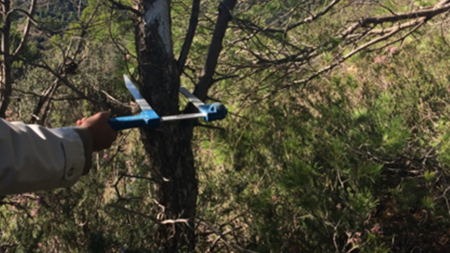
Objective:
The main objective of the present investigation is to explore the knowledge and the best practices of resin extraction technics in rural areas and marginal environment in order to promote the live condition of the population in these different regions by providing secure incomes and good working conditions. This could lead to the best evaluation of the good performance of the three most important pine species in North-western of Tunisia to resin extraction.
Context:
In order to create employment and new job opportunities in rural and marginal areas, the present work was aiming to develop knowledge and best practices of resin extraction technic. Therefore, the identification of the best yield performances in some pine species would contribute to provide an additional value essentially to the natural Tunisian forests.
Contacts:
Hmaidi Bilel, bilelhmaidi04@gmail.com, http://www.isptabarka.agrinet.tn/
Ben Salem Emna, emnabensalemmoodle17@gmail.com, http://www.isptabarka.agrinet.tn/
Mokhtar Baraket, moktar.baraket@gmail.com, http://www.inrgref.agrinet.tn/
Foued Aloui, foued.aloui@gmail.com, http://www.isptabarka.agrinet.tn/
Further information:
Dahmane M, 1986. Les produits du pin d'Alep en Tunisie. Le pin d'Alep et le pin brutia dans la sylviculture méditerranéenne. Paris : CIHEAM, p. 160 (Options Méditerranéennes : Série Etudes; n .1986-I)